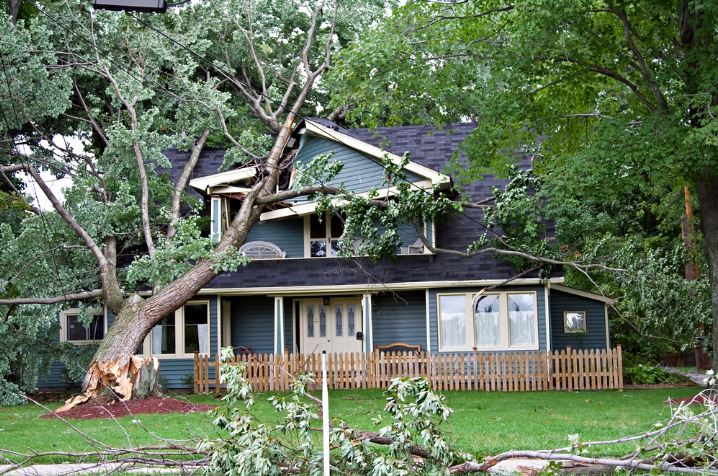Limits On Home Insurance
May 23, 2020Do You Need an All-Risk Insurance Policy?
Do You Need an All-Risk Insurance Policy?
An all-risk insurance contract or open perils policy offers you coverage and protection from all risks or perils that could damage your home or contents and personal property unless the risks are excluded specifically in the policy wording. This is different from a standard H0-3 homeowner policy because the H0-3 policy only offers you coverage for named perils on contents. An all-risk insurance policy that covers all risks on both home and personal property is also known as open perils or comprehensive form insurance. HO-5 is an example of an open-perils, all-risk comprehensive insurance policy.
Alternatives to all-risk policies include named perils policies, which cover only those risks specifically listed on the policy, or a combination policy that provides all-risk coverage on your home but coverage only for named perils on your belongings
Example of Where an All-Risk Policy Makes a Difference
If a friend comes over to help you install a TV in your den and drops the TV, damaging both the TV and the floor, an all-risk policy would cover the damage to both because it was sudden and accidental and not excluded. For example, a named-perils policy that covers only fire, smoke damage, lightning and frozen pipes would not cover the damages to either the floor or the TV.
Not surprisingly, all-risk policies are more expensive than H0-3 Broad form or named peril policies. Specific prices can vary greatly depending on your personal information, what is being insured, where you live, and many more factors. So, shop around with different insurance providers for specific quotes.
Get The Best Home Insurance in your Location
All-Risk Home Insurance: Deciding What Coverage You Need
Both the HO-5 and the HO-3 policy cover all risk or open perils coverage on your building
However, the HO-3 only covers named perils on contents. This means that your coverage on your personal property will be limited if you take a form that does not cover all-risk on personal property. 4 Before choosing your home insurance, the best thing to do is to determine what kind of position you would be in if something happened to your home and belongings and you found out you were not insured for all risks. If the price is a concern, consider increasing your deductible to save money on your premium.
Typical Exclusions in All-Risk Policies
Every insurance company may choose to include more coverage on their All-Risk policy by limiting exclusions as a value-added perk. High-value home insurers, for example. In general, though, there are some common items and risks that are excluded from coverage.
Damage caused by rodents or pests
Some types of water damage including sewer backups
Earth movement
Flood
Nuclear incidents
Acts of terrorism
Breakage of fragile items
Mechanical breakdown
Pollution
Wear and tear
Hidden or latent defects
Gradual damage
According to the Insurance Information Institute, 6 percent of insured homes had claims in 2017, the most recent year for which there is data.
Although you may not be one of the homeowners who have a claim this year, it is always important to review your coverage so that when you do have a claim, you don't have any surprises.



